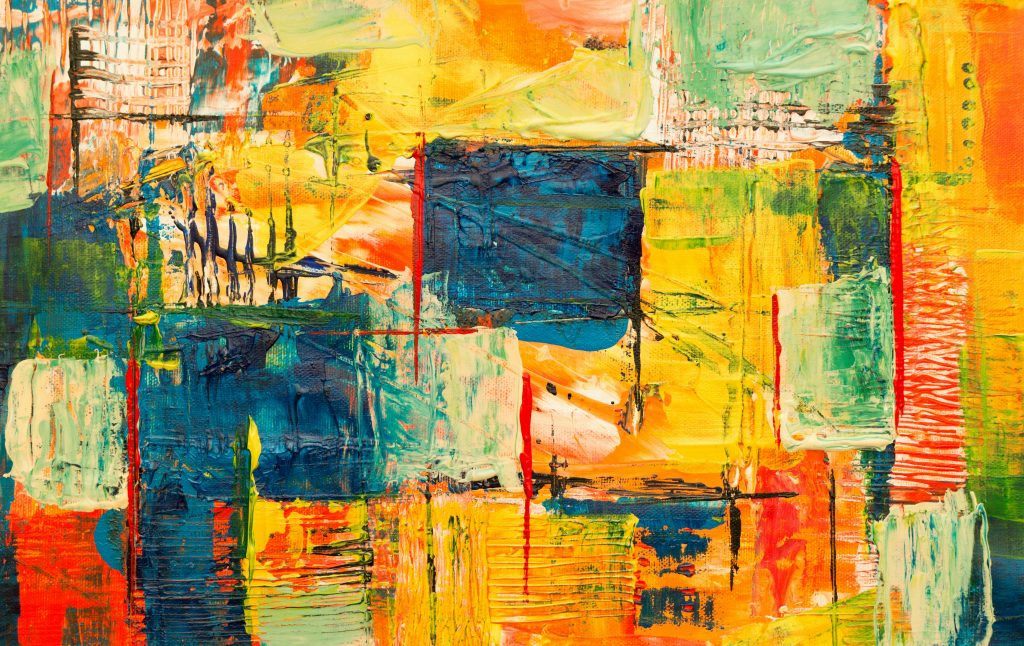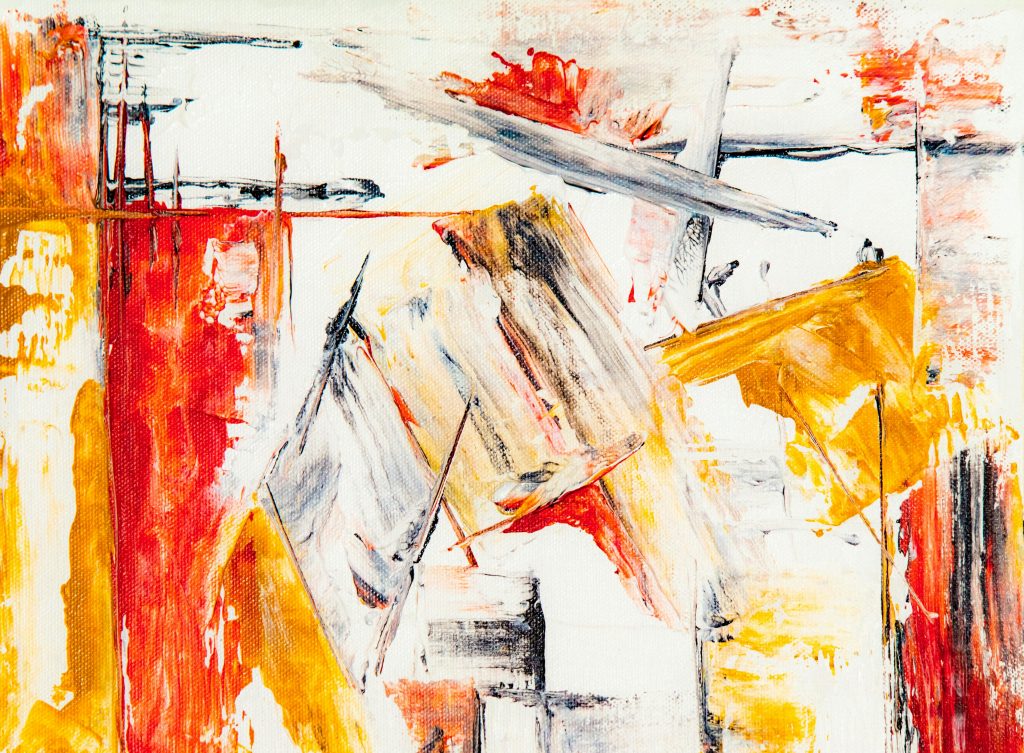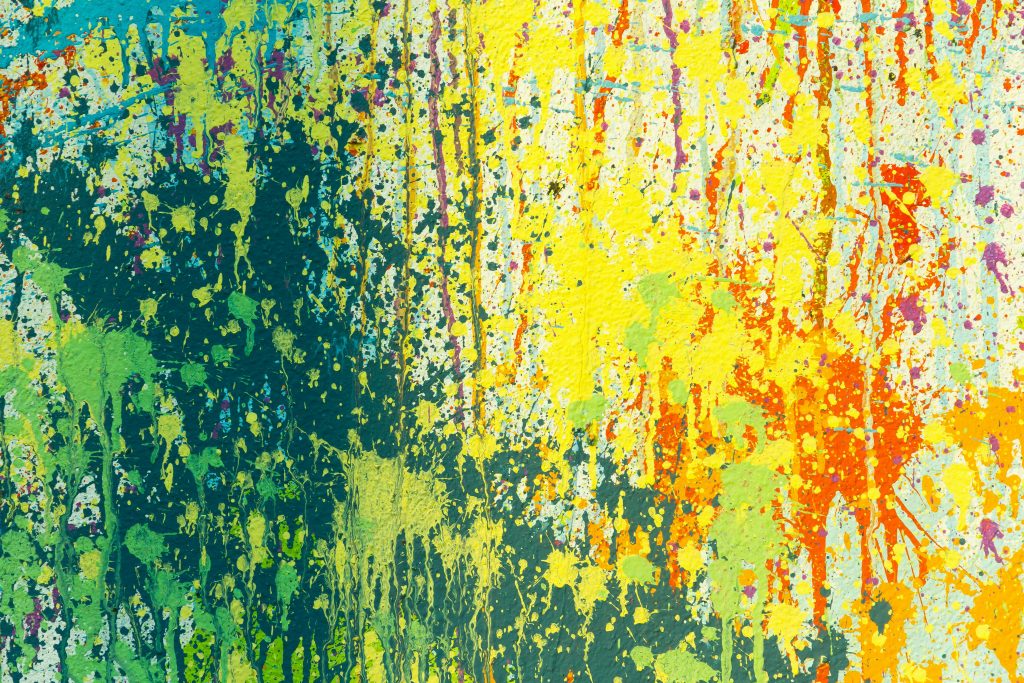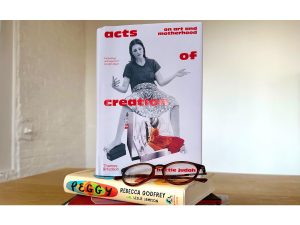
Abstract art has been a significant movement in the art world, captivating audiences and challenging traditional notions of representation. By focusing on color, form, and texture rather than recognizable subjects, abstract artists invite viewers to experience a new realm of visual expression. This article delves into the essence of abstract art, its historical evolution, notable artists, key movements, and its impact on contemporary art.
The Essence of Abstract Art
At its core, abstract art avoids the literal representation of objects and scenes. Instead, it embraces the use of shapes, colors, and lines to call up emotions and ideas. This departure from realism allows artists to explore the pure potential of visual elements. Abstract art can be both a personal expression of the artist’s inner world and a universal language that resonates with viewers in diverse ways.
One of the fundamental principles of abstract art is the emphasis on visual experience over narrative content. This approach encourages viewers to engage with the artwork on an intuitive level, interpreting it based on their own perceptions and feelings. The ambiguity inherent in abstract art can evoke a range of responses, making each viewing experience unique.

Historical Evolution
The roots of abstract art can be traced back to the late 19th and early 20th centuries, a period marked by fast changes in society, technology, and culture. Artists began to experiment with new forms of expression, breaking away from the constraints of traditional representation. Key figures such as Wassily Kandinsky and Kazimir Malevich played essential roles in the early development of abstract art.
Kandinsky, often regarded as the father of abstract art, believed in the spiritual and emotional power of colors and shapes. His work aimed to transcend the physical world and connect with deeper spiritual realities. Malevich, on the other hand, introduced Suprematism, which focused on basic geometric forms and the supremacy of pure artistic feeling. These pioneers laid the groundwork for the diverse range of abstract art movements that followed.
Key Movements in Abstract Art
Abstract art includes a variety of movements, each with its own distinct characteristics and philosophies. One of the most influential movements is Abstract Expressionism, which emerged in the United States in the 1940s and 1950s. Artists like Jackson Pollock and Mark Rothko used spontaneous, gestural brushstrokes and vibrant color fields to convey intense emotions and psychological states.
Another significant movement is Cubism, pioneered by Pablo Picasso and Georges Braque. While not purely abstract, Cubism’s fragmented and deconstructed forms paved the way for future abstract explorations. It challenged the conventional perspective and representation, encouraging viewers to see objects from multiple angles simultaneously.
Minimalism, which gained prominence in the 1960s, stripped art down to its essential elements. Artists like Donald Judd and Agnes Martin focused on simplicity, using basic geometric shapes and monochromatic palettes. Minimalism sought to eliminate personal expression and instead emphasized the purity of form and the viewer’s direct experience of the artwork.
Notable Abstract Artists
Several artists have made significant contributions to the field of abstract art, pushing boundaries and redefining artistic possibilities. Wassily Kandinsky’s pioneering work in the early 20th century laid the foundation for abstract art’s evolution. His compositions, characterized by bold colors and dynamic shapes, continue to inspire and influence contemporary artists.
Jackson Pollock revolutionized the art world with his drip paintings, where he poured and splattered paint onto canvases laid on the ground. This technique, known as action painting, captured the physicality and immediacy of the creative process. Pollock’s work embodies the spontaneous and emotive qualities of Abstract Expressionism.
Helen Frankenthaler, a prominent figure in Color Field painting, developed the soak-stain technique, where she poured thinned paint onto unprimed canvas. This method created luminous, flowing color fields that evoke a sense of depth and atmosphere. Frankenthaler’s innovative approach expanded the possibilities of abstract art and influenced future generations of artists.
The Impact of Abstract Art on Contemporary Art
Abstract art’s legacy continues to shape the landscape of contemporary art. Its emphasis on experimentation and non-representational forms has opened new avenues for artistic exploration. Many contemporary artists draw inspiration from abstract art’s rich history while incorporating modern techniques and materials.
Digital art, for instance, has embraced the principles of abstraction, using technology to create complex and immersive visual experiences. Artists like James Turrell and Olafur Eliasson employ light, space, and color to create interactive installations that challenge viewers’ perceptions and blur the boundaries between art and environment.

Moreover, abstract art’s influence extends beyond the visual arts into fields such as music, dance, and literature. The abstract movement’s focus on emotion, sensation, and form resonates across various creative disciplines, encouraging interdisciplinary collaborations and innovative approaches.
In conclusion, abstract art represents a profound shift in the way we perceive and engage with visual expression. From its historical roots to its contemporary manifestations, abstract art continues to inspire and challenge both artists and audiences. By transcending the literal and embracing the abstract, it opens up a world of endless possibilities, inviting us to see and experience art in new and transformative ways.



